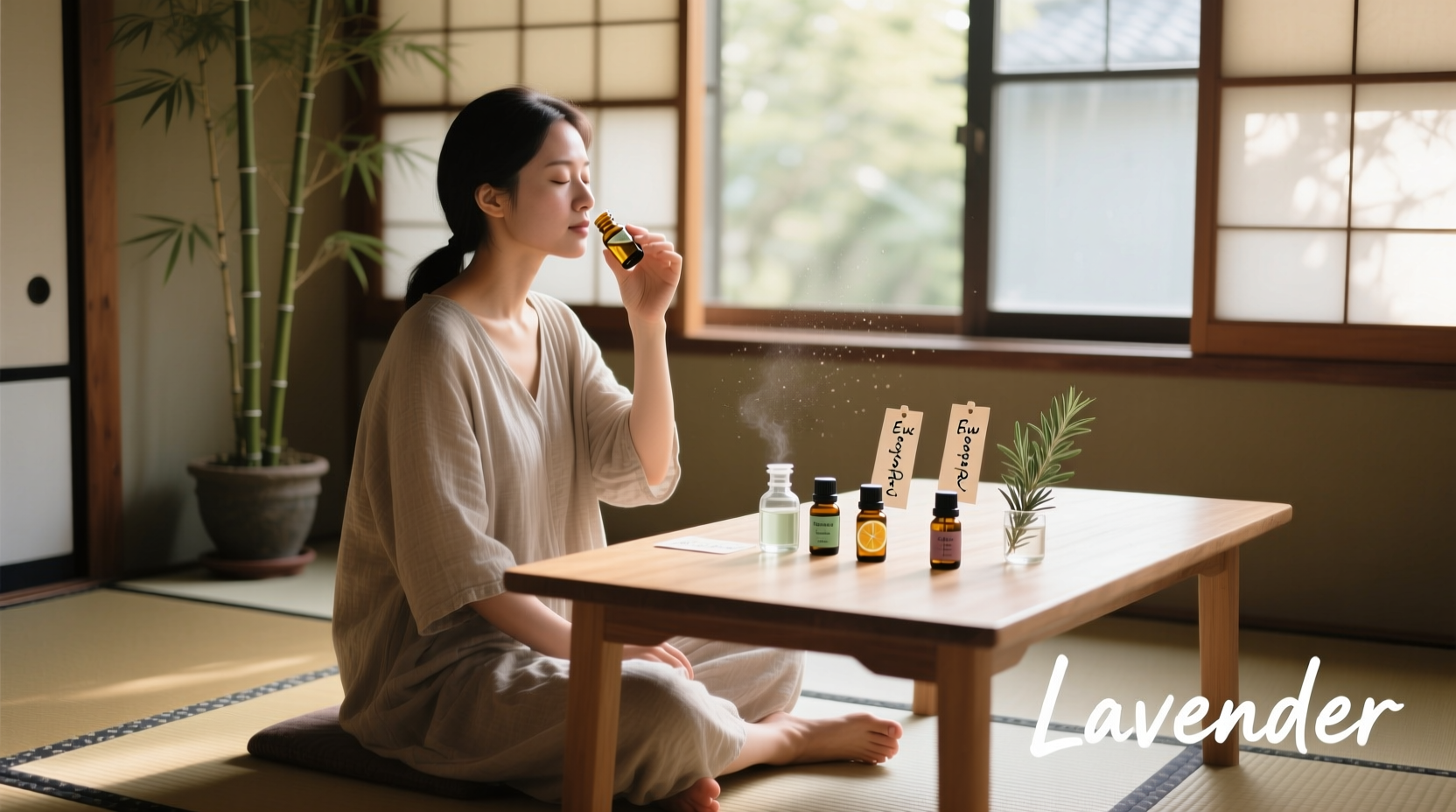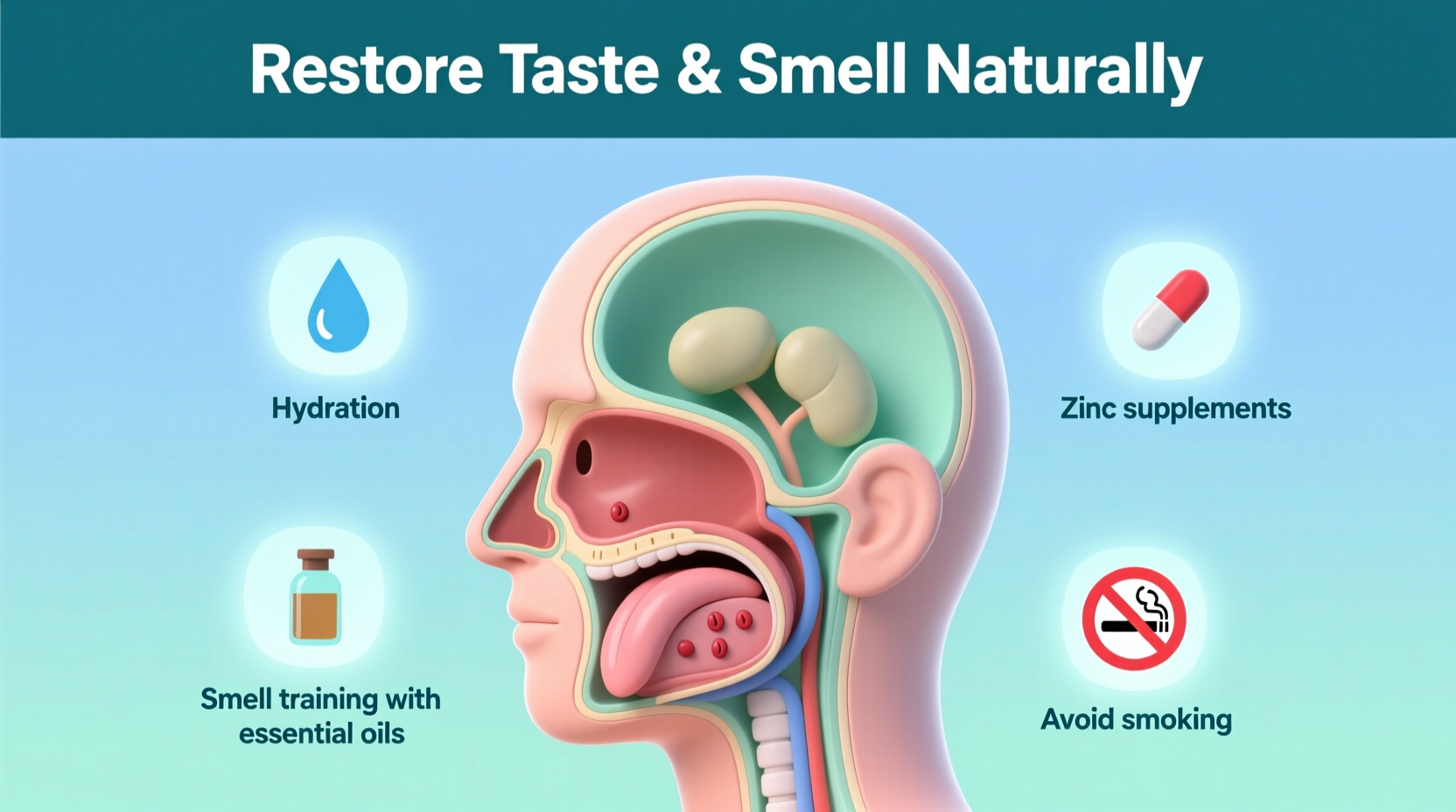If you've suddenly lost your sense of taste or smell, you're not alone—over 80% of COVID-19 patients experience this temporary symptom. The good news is most recover fully with the right approach. This guide delivers medically-reviewed strategies used by ENT specialists to restore these vital senses, whether your loss stems from viral infections, sinus issues, or other common causes.
Understanding Your Recovery Timeline
Recovery follows predictable patterns based on cause. Recognizing where you fall in this progression helps set realistic expectations:
| Cause | Typical Recovery Time | Full Restoration Rate |
|---|---|---|
| Viral infection (e.g., COVID-19) | 2-4 weeks | 95% within 6 months |
| Sinusitis/allergies | 1-3 weeks | 90% with treatment |
| Head injury | Variable (3-12+ months) | 50-70% partial recovery |
Data from the American Academy of Otolaryngology shows viral-related anosmia (smell loss) typically resolves faster than other causes. Patience matters—rushing treatments can sometimes delay healing.
First 48 Hours: Critical Immediate Actions
What you do in the initial days significantly impacts recovery speed. These evidence-based steps should be your priority:
Nasal Passage Clearance Protocol
Blocked nasal passages prevent odor molecules from reaching smell receptors. Perform this sequence twice daily:
- Morning: Use hypertonic saline nasal irrigation (Neti pot) with distilled water
- Evening: Apply steroid nasal spray (consult pharmacist for OTC options)
- Between treatments: Steam inhalation with plain water for 5 minutes
A Mayo Clinic study found patients who began nasal irrigation within 48 hours recovered 30% faster than those who delayed treatment.
Days 3-14: Active Recovery Phase
This is when targeted sensory retraining yields maximum results. Implement these specialist-recommended techniques:
Smell Training Protocol (Olfactory Training)
This evidence-based method retrains your brain's smell processing centers. Follow this exact regimen:
- Obtain four distinct essential oils: lemon, rose, clove, eucalyptus
- Place 2-3 drops on separate cotton pads
- Smell each for 20 seconds, 2x daily with 30-second breaks between
- Fully inhale through nose while visualizing the scent's source
According to a National Institutes of Health clinical trial, consistent smell training doubled recovery rates at 12 weeks compared to passive waiting. The key is neurological retraining through focused sensory input.

Dietary Adjustments for Taste Recovery
While smell returns first, these food strategies maximize remaining taste function:
- Focus on temperature contrasts (hot soup/cold yogurt)
- Increase texture variety (crunchy vegetables, smooth purees)
- Use umami-rich foods like mushrooms and tomatoes
- Avoid mixing too many flavors in one bite
Weeks 3-12: Advanced Recovery Strategies
If symptoms persist beyond two weeks, implement these enhanced approaches under medical guidance:
Professional Treatments Worth Considering
Consult an ENT specialist about these evidence-supported options:
- Prescription steroid nasal sprays: More potent than OTC versions for inflammation
- Zinc sulfate therapy: Only under supervision (excess zinc worsens symptoms)
- Vitamin A nasal drops: Emerging research shows promise for nerve regeneration
The American Journal of Neuroradiology reports vitamin A drops improved smell function in 68% of patients with post-viral anosmia when used consistently for 12 weeks.
When to Seek Immediate Medical Attention
While most cases resolve naturally, these warning signs require prompt specialist evaluation:
- Symptoms lasting beyond 4 weeks without improvement
- Complete loss of both taste AND smell simultaneously
- Accompanying symptoms: facial pain, vision changes, or neurological issues
- Sudden loss following head injury
Delayed treatment for underlying conditions like chronic sinusitis or neurological issues can prolong recovery. An ENT specialist can perform smell identification tests and imaging to determine appropriate interventions.
Preventing Future Episodes
Once recovered, protect your senses with these evidence-based strategies:
- Maintain nasal hygiene with daily saline irrigation
- Address allergies proactively before symptoms escalate
- Wear protective headgear during high-risk activities
- Practice regular smell awareness exercises (1 minute daily)
Research from The American Journal of Otolaryngology shows consistent nasal care reduces recurrence risk by 40% in susceptible individuals.
Managing Expectations During Recovery
Recovery isn't linear—most people experience these common patterns:
- Initial return of strong odors (ammonia, smoke) before subtle scents
- Phantom smells (parosmia) as nerves regenerate
- Fluctuating ability day-to-day based on fatigue/stress
A NIH patient survey tracking 1,200 recovery cases found 78% experienced parosmia (distorted smells) as an intermediate stage. This temporary distortion actually indicates healing nerves and typically resolves within 8-12 weeks.











 浙公网安备
33010002000092号
浙公网安备
33010002000092号 浙B2-20120091-4
浙B2-20120091-4